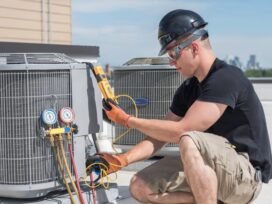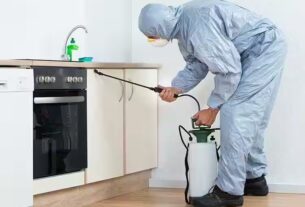
Water Damage Cleanup and Flood Restoration: Why Act Fast
If your home has been struck by flooding and water damage, you need to act quickly. This means getting Renovco flood restoration services on the scene to clean up and dry out your home as soon as possible to save your belongings and avoid further damage from mold, rot, and bacteria.
Issues that Can Develop When You Delay Water Damage Cleanup
If you fail to act fast after water damage, you and your home could be at risk of the following issues:
- Health issues. Mold and mildew can quickly become an issue in a flooded area. According to studies, a wet drywall can develop molds when left untreated for 48 hours. Exposure to mold spores can lead to respiratory issues, nausea, skin irritation, and immune system suppression. Waiting longer to call a flood restoration expert will increase the chance of permanent damage and the growth of mold and bacteria.
- Cleaning and restoration difficulties. Cleaning and restoring your home’s contents can become quite challenging within the first 24-48 hours. As your flooded home sits filled with water, it can sustain more damage. By acting quickly and contacting flood restoration professionals, you can salvage more of your belongings and reduce your replacement costs.
- Pathogen exposure. When stagnant water sits and breeds mold and other microbes for a long time, they produce a foul smell. This bacterial odour sets into your fabrics, upholstery, clothing, and other items. And if your home was flooded from a sewer line backup, your items may absorb some fecal matter and pathogens.
Water Damage Cleanup: How Experts Do It
When water damage restoration experts start their cleanup and restoration work, they will first evaluate the water damage. They will inspect the situation and your home’s content and decide which can be saved and what must be tossed.
To remove water from your home, experts may use a water extraction method. This includes removing and discarding wet building materials like carpet and carpet pads, insulation, and sheetrock. After removing the water from the affected areas, they will use drying equipment like high-efficiency dehumidifiers and commercial air movers to pull the remaining moisture from your house to the outside. Lastly, restoration experts will check your home’s moisture levels to see if there is any hidden moisture, mold, and mildew. They will check areas such as wall cavities, behind cabinets, and ceilings. This step in the cleanup process makes sure that your home is free of moisture that can cause microbes to grow.








